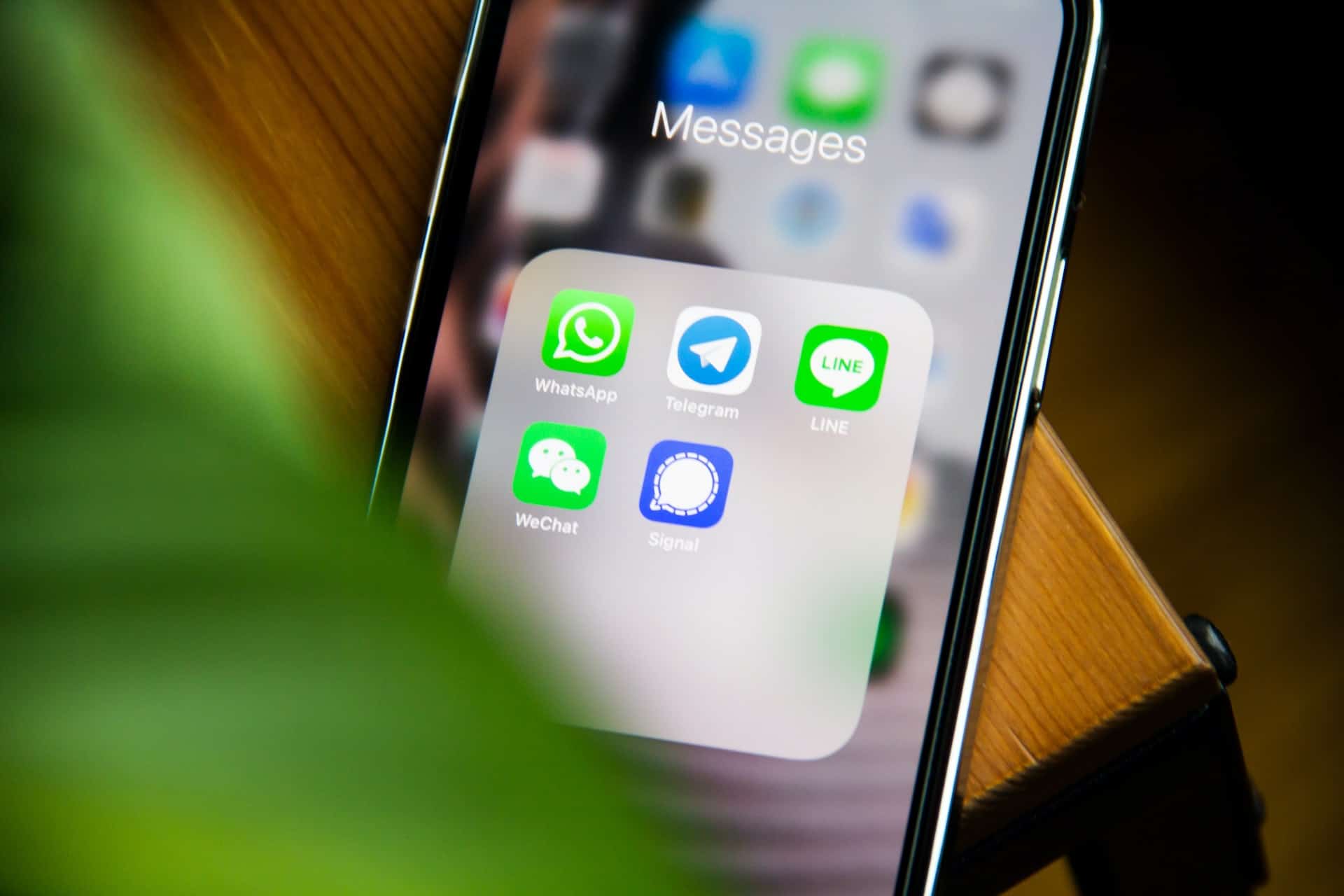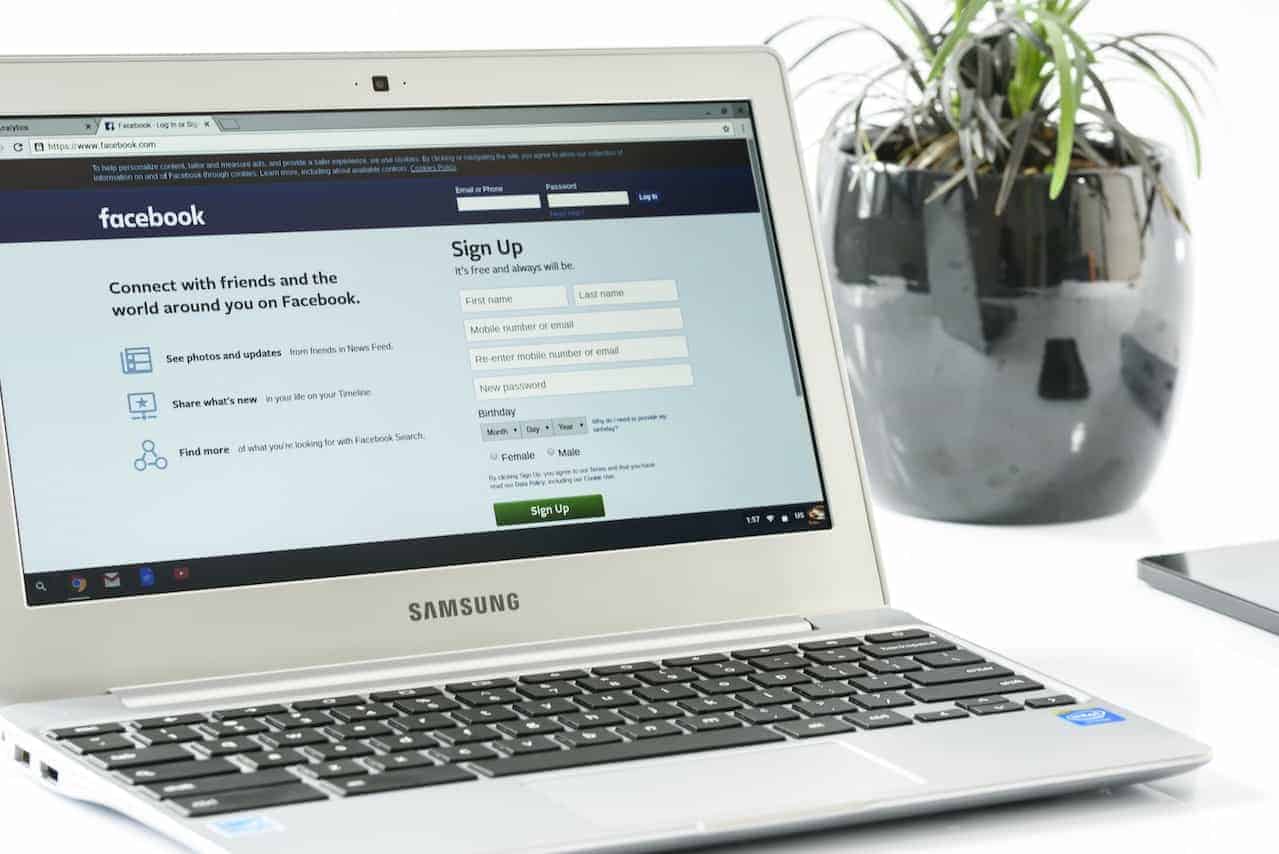Good customer service is the cornerstone of customer retention.
Years ago, customer service was only handled on the phone. In the modern era, there’s a lot more to it than that.
With technology changing our world, today’s customers expect businesses to provide support anytime, anywhere, on any channel.
People want to shop on their mobile phones, get support over the phone, stay up to date with current product deals on social media, and ask questions via live chat or email wherever it’s convenient.
However, as a small business, you might not be able to provide support in all possible channels.
So the next logical question you might ask is, “What customer support channels should I be using?”.
Read on to learn about the 7 most common support channels and where you should focus your limited support resources based on your business’s needs.
Table of contents:
- What are customer service channels and how many should your business use?
- 7 most popular customer service channels that every small business should consider
1. What Are Customer Service Channels and How Many Should Your Business Use?

In today’s competitive market, customers want to stay with businesses that offer great omnichannel customer service.
It’s easier to drive business growth when delivering quality customer service, with 68% of consumers willing to pay more for products and services from a brand known to provide good customer support.
Big companies like Amazon, Starbucks, and Apple are well known for setting incredibly high customer service standards – to the point where customers expect the same level of professionalism from every company they do business with.
But what exactly are customer service channels?
Customer service channels are various mediums in which a business can communicate with its customers to provide assistance and support.
Typically, most businesses start with single-channel customer support. Often, that means phone support.
As they grow, they start interacting with customers in more places, such as via phone and live chat. Sure, these two channels can be extremely effective for companies that use them well, but your business may need to expand into multi-channel customer assistance if you want to keep up with consumer demands.
This means offering a personalised, timely, relevant response to every customer inquiry across a handful of channels and knowing how to effectively handle complaints on any of them.
That’s a great benefit for customers as contacting your business becomes less effort-intensive. You are saving them time as you’re eliminating the hassle of searching for customer support contacts.
So, how many support channels should you focus on?
The short answer to this question is, “it depends”.
According to your business’s specific needs and resources, you may want to reach as many customers as possible through a variety of channels such as phone, email, live chat, and social media (more on that below).
However, it is also important to consider the cost and resources required for each channel, as well as your customers’ most preferred channels.
For example, if you’re marketing to Gen Z, it is essential to include digital-first experiences in your customer service. On the other hand, older generations are more comfortable using the phone for customer service and expect support teams to be readily available.
Be sure to research your customers’ preferred communication tools to choose the best customer service channels for your business.
For example, you can send a short survey to your existing customers and ask them where they would like to see your business offering customer service.
You can also learn from your competitors, what type of channels they are using and how they are scaling their customer support team.
Ideally, you should provide support on all channels your customers expect you to have a presence there, but keep in mind that spreading everywhere may hurt your bottom line and hamper your agents’ performance.
Instead of having too many channels you can’t support well, it’s best to have a few channels where you can provide efficient, quick, quality service.
Now, let’s have a closer look at the most common customer service channels you can pick to connect with your customers.
2. 7 Most Popular Customer Service Channels that Every Small Business Should Consider

Consider the following 7 customer service channels if you want to create an effective customer service strategy for your small business:
- Phone
In the digital age, it’s easy to think that offering phone support is no longer necessary for customer experience.
But don’t underestimate the power of positive human interaction when addressing customer service issues. A CFI Group study has revealed that 76% of customers prefer interacting with customer support representatives over the phone.
The problem with phone support is that small business owners don’t have enough hours in the day to provide customers with 24/7 assistance – but neither can they afford to hire an in-house receptionist.
To retain clients without investing in a full-time employee (or answering calls yourself), a good option is hiring a virtual receptionist.
Virtual receptionists are highly trained customer service representatives who can provide round-the-clock assistance to your customers – but without the high price tag of an in-house resource.
Along with phone support, email is another must-have support channel.
According to Statista, the number of email users worldwide is projected to reach approximately 4.60 billion by 2025. You can imagine how important email is when it comes to customer support!
One of the greatest benefits of using email as a customer support channel is that it allows your customers to get in touch with your business at their own convenience.
They don’t have to worry about being put on hold or not being able to reach a representative during business hours. What’s more, it provides a written record of the conversation which can be useful for your business for future reference.
However, do note that nearly a third of customers expect businesses to respond to their emails within one hour or less – while the average company takes 12 hours to respond to an email.
This is a good opportunity for you to show your customers how important they are with a speedy response.
- Social media
Does your business have a social media presence?
In that case, your customers expect to be able to reach you there through DMs and public posts.
Social media has become extremely popular for customer service as it allows businesses to connect with customers in real time and provides a platform for two-way communication.
In fact, a study from Statista has shown that 59% of global consumers have a more favourable view of businesses that respond to inquiries on social media.
In addition, using social media for customer support allows your business to proactively engage with customers and build a sense of community.
The problem with social media is that it can be difficult to keep up with the volume of messages and comments. Instead of spreading yourself thin across different platforms, try to find those social media channels where your customers are most active, and build a presence there.

- Live chat
Live chat is a good choice if you want to support your customers in real time.
It is easy to use, efficient and can be integrated into your business’s website or mobile app.
Unlike email, live chat is less time-consuming for customers – they don’t have to work their way through a phone tree or wait on hold – all while getting an instant answer to their questions.
Live chat is also a great way to increase sales and conversion rates.
As customers can chat with an agent in the middle of a purchase to ask for help or clarification on products or services, it can help them make a more informed decision, which can lead to more sales.
- Self-service
Self-service gives customers a way to find the information they need without having to contact one of your customer representatives.
Self-service channels can be in the form of FAQs, knowledge bases, blog content, webinars, video libraries, and chatbots.
One of the greatest benefits of self-service customer service is that they are available 24/7 and customers can access them at their own convenience. This can save customers time while also cutting down on common and repetitive requests.
By providing customers with the information they need to solve their own problems, self-service channels can free up customer service representatives to focus on more complex issues.
- Mobile messaging
Traditional live chat and mobile messaging seem similar, but there are some key differences between the two types of communication.
While live chat allows customers to chat with a customer service representative through a chat window on your website, mobile messaging support can be offered through a variety of messaging apps, such as WhatsApp, Facebook Messenger, and SMS.
Mobile messaging allows for more flexibility in terms of when and where customers can reach out for support, as they can contact your business from anywhere and at any time.
What’s more, mobile messaging is an easy and convenient way to send automated messages such as appointment reminders or personalised offers.
- Communities and forums
According to a Higher Logic study, 71% of online product communities are built for customer support.
Communities and forums where users can get support and find the latest company news are great to connect with customers in a more informal and collaborative way, allowing them to share their experiences, ask questions, and seek help.
In addition, communities and forums allow your business to gather valuable customer feedback and insights.
Customers can share their opinions, frustrations, and suggestions in an open forum, which can help your business identify areas for improvement. This can also provide valuable input for your business to create more targeted marketing campaigns.
Wrapping Up

No matter your business’s size, it’s worth it to invest the necessary time and resources into delivering seamless, timely, quality customer service.
By offering customer service in channels where your customers hang out the most, you can keep them happy and loyal, which in turn helps you drive more sales to grow your business.
A critical step to achieving this is getting the right platform that’s specifically designed to connect teams and customers via the right channel, at the right time.
One such platform is Avaya Cloud Office by RingCentral which brings higher productivity to your teams and unprecedented responsiveness to your customers.
Avaya Cloud Office creates a portal for communications so you can drive your business forward by delivering superior customer assistance.
Another critical factor you should consider when creating your customer service strategy is providing high-quality, 24/7 phone support.
This is because no matter how many customer service channels you use, the phone remains the go-to channel for all customers experiencing more complex issues.
If you’re ready to improve your customer service with professional round-the-clock phone support (without breaking the bank), hit the ground running with B2B HQ’s virtual receptionist services.
For more information about our telephone answering and virtual office services, feel free to contact us anytime.
